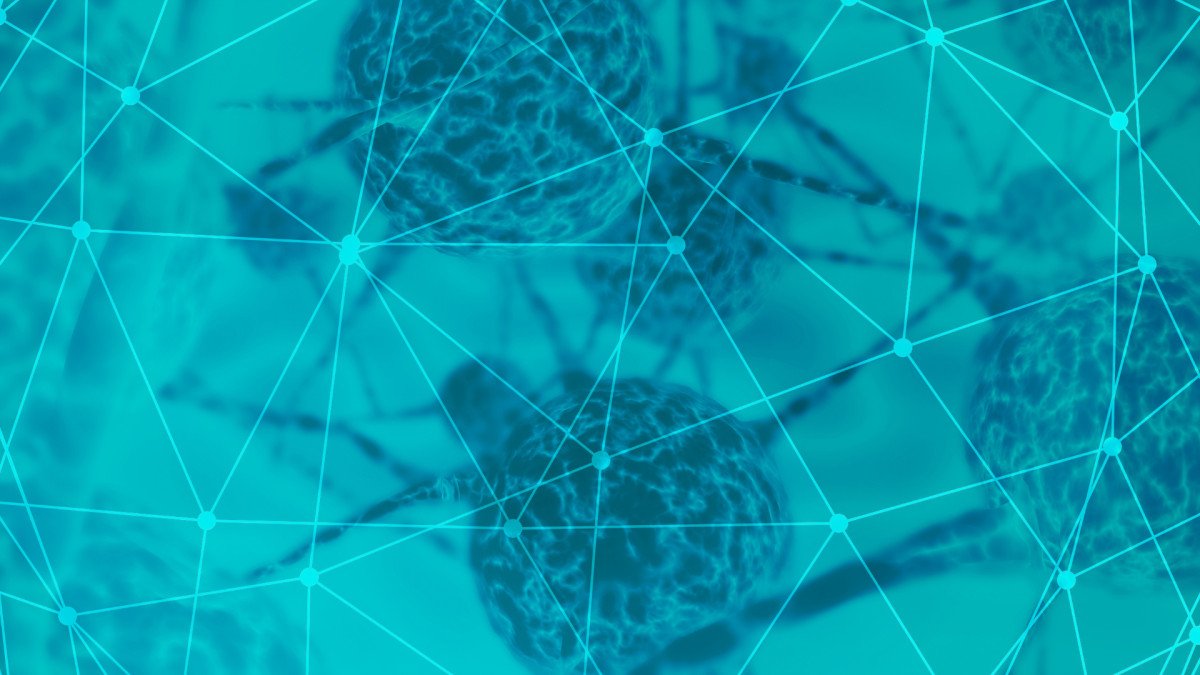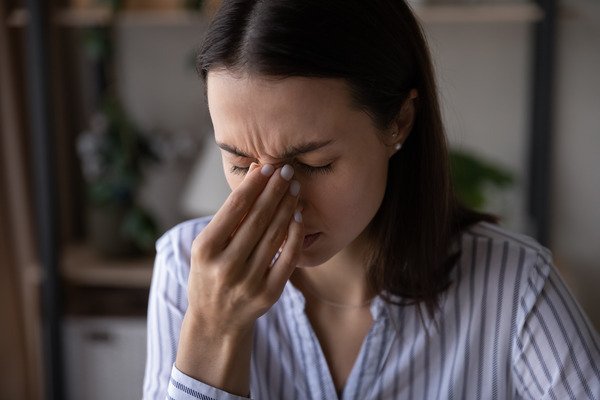Post-traumatic stress disorder (PTSD) is a psychological condition that affects millions of people around the world, triggered by traumatic experiences such as disasters or violent situations. Although it is well known for its highly debilitating symptoms – flashbacks, anxiety and sleep disturbances – there is still much to discover about the biological mechanisms that underpin it.
In recent years, research has revealed that certain hormonal imbalances could play a crucial role in the development and maintenance of PTSD. Hormones such as oxytocin and vasopressin seem to be decompensated in people who suffer from this disorder. In this article, we will explore how these hormones interact with this disorder to further understand PTSD and open the door to new therapeutic and preventative approaches.
What is post-traumatic stress?
Post-traumatic stress disorder (PTSD) is a psychological and emotional condition that can develop after a person experiences a traumatic or emotionally intense event, such as a serious accident, assault, or war. The most common symptoms include flashbacks, nightmares, intense anxiety, and disproportionate emotional reactions to reminders of the trauma. PTSD not only affects the mind of sufferers, but it also has physical consequences, such as sleep problems, chronic fatigue, and increased susceptibility to illness.
While much progress has been made in the psychological understanding of PTSD, the biological mechanisms underlying it are not yet fully understood. In this context, hormones play a crucial role in the body’s response to stress and trauma. Altered levels of certain hormones could explain some of the persistent symptoms of PTSD. Over time, understanding how these hormones interact with traumatic experiences can help improve diagnosis and treatment of the disorder.
Thus, the study of the relationship between PTSD and hormones and their regulation is key to developing more effective interventions that alleviate the devastating effects of this disorder and help those who suffer from it recover their quality of life.
Hormones and their role in stress and emotions
Hormones are chemicals produced by the endocrine system that regulate a wide range of biological and physiological functions, from growth to mood regulation. In situations of stress or danger, the body activates a hormonal response that helps us react quickly and effectively. This response is primarily mediated by three key hormones: cortisol, oxytocin, and vasopressin.
Cortisol is known as the stress hormone because it is released when the body perceives a threat. Its main function is to increase blood glucose levels and prepare the body for a fight or flight response. Although essential in dangerous situations, prolonged exposure to high levels of cortisol can have negative health effects, such as weakening the immune system and affecting memory.
On the other hand, oxytocin and vasopressin are of greater importance for the regulation of emotions and social behavior. Oxytocin, known as the love or bonding hormone, promotes feelings of trust, empathy, and emotional connection. It is released in moments of physical or emotional closeness, such as during contact with loved ones. In contrast, vasopressin, which also influences social behavior, is more related to the stress response and the regulation of aggression.

Oxytocin and vasopressin: key PTSD hormones
The relationship between the hormones oxytocin and vasopressin, previously defined, is crucial to understanding post-traumatic stress disorder (PTSD). Both hormones play important roles in regulating stress and social interactions, but an imbalance between them can contribute to the development and persistence of PTSD symptoms.
1. Oxytocin
Oxytocin, commonly known for its role in establishing social and emotional bonds, also has calming properties in stressful situations. This hormone is released during moments of physical contact, such as a hug, and helps reduce anxiety and fear. However, in people with PTSD, oxytocin levels tend to be lower than normal. This could explain why some people with PTSD experience difficulty connecting emotionally with others, and also why they have trouble overcoming traumatic memories.
2. Vasopressin
In contrast, vasopressin is more linked to the activation of stress and defensive responses, such as aggression or hypervigilance. This hormone increases alertness and prepares the body to face possible threats. In people with PTSD, vasopressin levels are markedly higher than in non-traumatized individuals, which could contribute to the constant sense of danger and heightened alertness that many patients experience. Additionally, this hormone can intensify fear reactions, making it difficult for the individual to feel safe, even in situations that do not represent a real risk.
3. Imbalance between oxytocin and vasopressin
Recent studies have shown that the imbalance between oxytocin and vasopressin is particularly pronounced in people with PTSD, suggesting that the ratio between the two could be a biological marker of the disorder. This finding is crucial, as it opens the door to new forms of diagnosis and treatment. While under normal conditions these hormones work together to regulate stress responses, in people with PTSD, excess vasopressin and too little oxytocin appear to perpetuate a state of continuous alertness, exacerbating the symptoms of the disorder and limiting the ability of the individual to recover emotionally.
Clinical implications and new therapeutic possibilities
The discovery of the imbalance between oxytocin and vasopressin in people with post-traumatic stress disorder (PTSD) has important implications for the treatment and diagnosis of this disorder. At the moment, Most commonly used therapies for PTSD, such as cognitive behavioral therapy (CBT) and medications, focus primarily on reducing psychological symptoms, but new findings suggest that addressing the hormonal component could improve the effectiveness of interventions.
The idea of developing treatments that directly regulate oxytocin and vasopressin levels offers an innovative opportunity. For example, the administration of oxytocin via nasal sprays has been the subject of recent studies, showing promising results in reducing anxiety and improving social relationships in people with PTSD. By restoring normal levels of oxytocin, patients could be helped to reduce fear and hypervigilance, facilitating their emotional recovery.
Likewise, vasopressin modulation could be another therapeutic approach. By reducing the elevated levels of this hormone in people with PTSD, it would be possible to mitigate the constant feeling of danger and alert, one of the most disabling symptoms of the disorder.
These advances in understanding the role of hormones in PTSD not only offer new avenues and alternatives to treating those already suffering from the disorder, but could also help prevent its development in people exposed to traumatic events, identifying those who are at risk. increased risk through hormonal measurements.
Limitations and future research
Although recent studies have shed light on the role of the hormones oxytocin and vasopressin in post-traumatic stress disorder (PTSD), there are some important limitations that should be considered.
1. Sample sizes
One of the main limitations is the small size of the samples participating in the current research, which could limit the generalization of the results. Most of these studies have focused on specific populations, such as military veterans, leaving open the question of whether these findings apply to other groups, such as women or people with different types of trauma.
2. Observational studies
Another limitation is that many studies are observational, meaning that a direct causal relationship cannot be established between altered hormone levels and the development of PTSD. It is not clear whether changes in oxytocin and vasopressin levels are a cause of the disorder or a consequence of developing it. To answer this question, longitudinal studies that follow people before and after experiencing trauma will be necessary to understand their development throughout therapeutic interventions.
3. Genetic, environmental and social factors
Finally, genetic, environmental, and social factors that can increase interpersonal variability also play a role in PTSD, and It is important that future research considers how these interact with hormonal systems to offer a more complete view of the disorder.
Conclusions
In conclusion, the relationship between post-traumatic stress disorder (PTSD) and hormones, particularly oxytocin and vasopressin, is a promising area for improving the diagnosis and treatment of the disorder. An imbalance between these hormones contributes to PTSD symptoms, such as hypervigilance and difficulty connecting emotionally. As research advances, more effective hormonal therapies may be developed, opening new opportunities for the prevention and treatment of this debilitating disorder.










